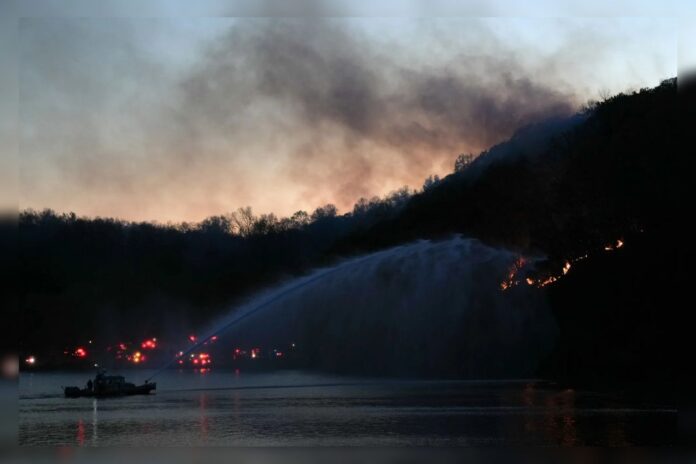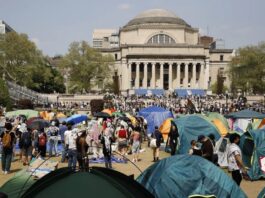A massive wildfire, the largest New York has faced in over a decade, has scorched approximately 5,000 acres along the New York-New Jersey border, prompting voluntary evacuations and highlighting the region’s severe drought conditions.
The Jennings Creek Fire, ignited on November 8, has rapidly expanded, consuming vast forested areas and threatening communities near the border. As of November 17, the blaze was about 90% contained, but recent windy conditions caused it to breach containment lines, leading to the evacuation of 165 homes in Warwick and Greenwood Lake, New York.
This wildfire is part of a series of blazes affecting the Northeast, driven by prolonged drought and unseasonably warm temperatures. New York City has experienced a historic increase in brush fires, prompting the Fire Department of New York to establish its first-ever Brush Fire Task Force.
Tragically, the fire claimed the life of 18-year-old Dariel Vasquez, a New York State Parks employee, who was killed by a falling tree while battling the blaze in Sterling Forest State Park.
In response to the escalating fire risk, New York Governor Kathy Hochul issued a statewide burn ban effective until November 30, urging residents to avoid activities that could spark additional fires.
The Northeast’s current drought is among the worst in recent history, with many areas experiencing record-low rainfall. This has created ideal conditions for wildfires, leading to widespread air quality issues and straining firefighting resources.
Meteorologists forecast potential relief later this week, with significant rainfall expected to alleviate drought conditions and reduce fire risks. However, until then, authorities continue to monitor the situation closely, emphasizing the importance of public cooperation in adhering to safety guidelines.
The Jennings Creek Fire serves as a stark reminder of the increasing frequency and intensity of wildfires in regions previously considered low-risk. Experts attribute this trend to climate change, which has led to prolonged droughts and extreme weather patterns, underscoring the need for proactive measures in wildfire prevention and response.












